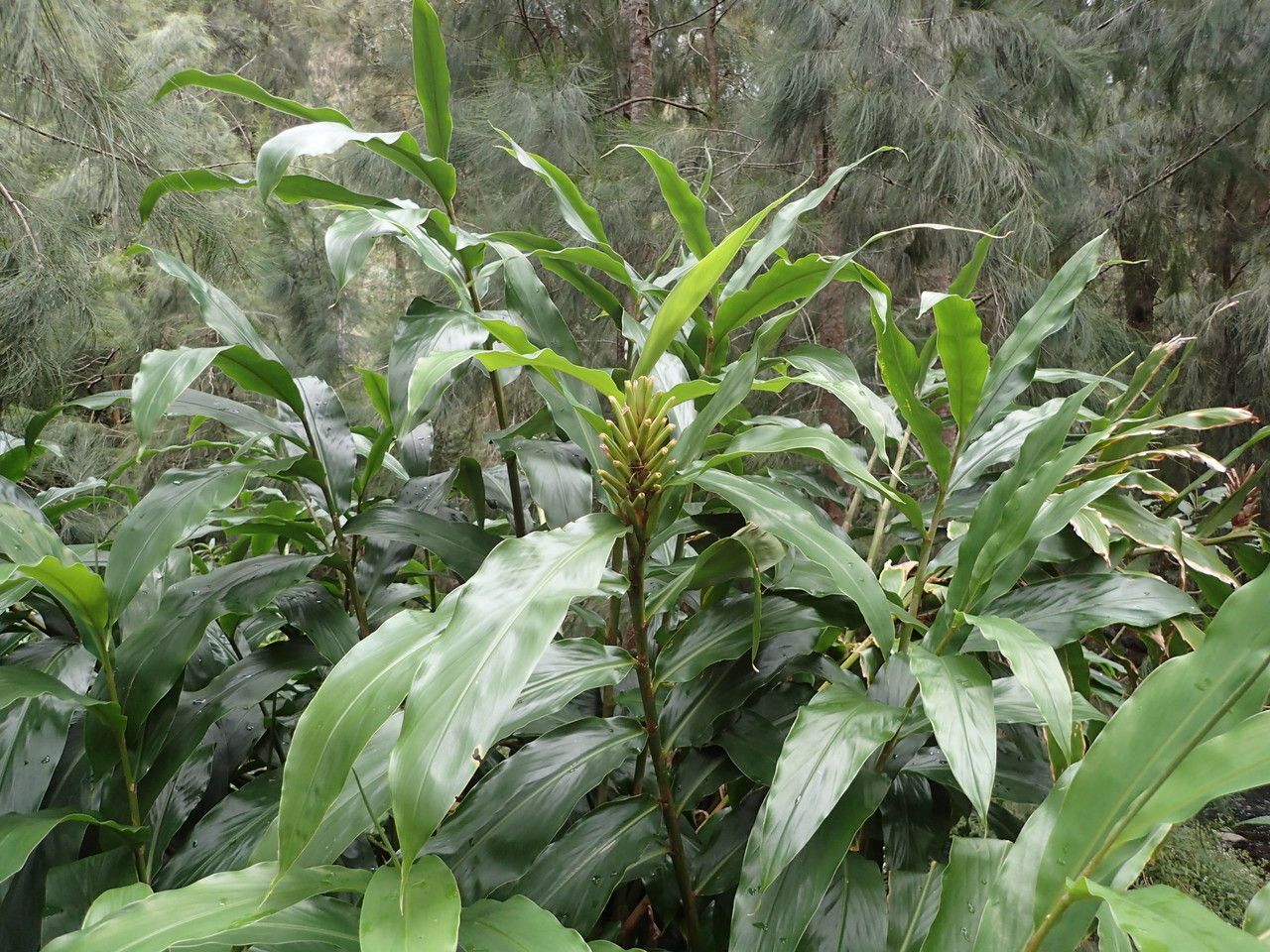## Unveiling the Allure of the Chinese Violet
The Chinese violet, often referred to as *Barleria prionitis*, is a captivating flowering plant belonging to the Acanthaceae family. Known for its vibrant, striking flowers and relatively low-maintenance nature, it's a popular choice for both indoor and outdoor cultivation in suitable climates. This comprehensive guide will equip you with the knowledge to successfully grow and care for your own Chinese violet.
### Habitat and Growth
Native to tropical regions of Asia, the Chinese violet thrives in warm, humid environments. In its natural habitat, it often grows as a shrub, reaching heights of up to 3-4 feet. It prefers well-drained soil and can tolerate a range of conditions, making it a versatile plant for various gardening styles.
### Sun Exposure and Soil Needs
While Chinese violets can tolerate partial shade, they flourish in bright, indirect sunlight. Direct, intense sunlight can scorch their leaves. Therefore, it's crucial to provide ample light without exposing them to the harsh midday sun. This is particularly important if growing them indoors; a south-facing window, filtered with sheer curtains, often proves ideal.
In terms of soil, Chinese violets prefer well-draining soil that's rich in organic matter. Heavy, clay-like soil should be avoided, as it can lead to root rot. A well-balanced potting mix suitable for flowering plants works well for container-grown Chinese violets. Regular fertilization during the growing season (spring and summer) with a balanced liquid fertilizer can promote abundant blooms.
### Watering and Maintenance
Watering should be consistent, ensuring the soil remains moist but not waterlogged. Allow the top inch or two of soil to dry slightly before watering again. Overwatering is a common cause of plant distress. During winter months, reduce watering frequency to prevent root rot. Regular pruning can help maintain the plant's shape and encourage bushier growth. Remove spent blooms to encourage further flowering.
### Propagation
Chinese violets are relatively easy to propagate from stem cuttings. Take 4-6 inch cuttings from healthy stems, remove the lower leaves, and dip the cut ends in rooting hormone. Plant the cuttings in a moist potting mix and cover with a plastic bag to maintain humidity. Keep the cuttings in a warm, bright location, and they should root within a few weeks.
### Pests and Diseases
Chinese violets are generally resistant to major pests and diseases. However, they can be susceptible to infestations of aphids and mealybugs. Regular inspection of the plant and prompt treatment with insecticidal soap or neem oil can effectively address any pest issues.
### Conclusion
The Chinese violet, with its vibrant blossoms and adaptable nature, makes a delightful addition to any garden or home. By following these simple care guidelines, you can enjoy the beauty of this stunning plant for years to come. Remember, consistent care and attention will reward you with abundant blooms throughout the growing season. Enjoy the vibrant colors and unique beauty this plant offers!
Chinese Violet: Care Guide & Growing Tips

Frequently Asked Questions
How to care for a Chinese violet?
Provide bright, indirect sunlight, well-draining soil rich in organic matter, consistent watering (avoiding waterlogging), and regular pruning. Fertilize during the growing season.
Is Chinese violet a sun-loving plant?
While it needs ample light, direct, intense sunlight can scorch its leaves. Bright, indirect sunlight is ideal. A south-facing window filtered with sheer curtains is often perfect for indoor cultivation.


